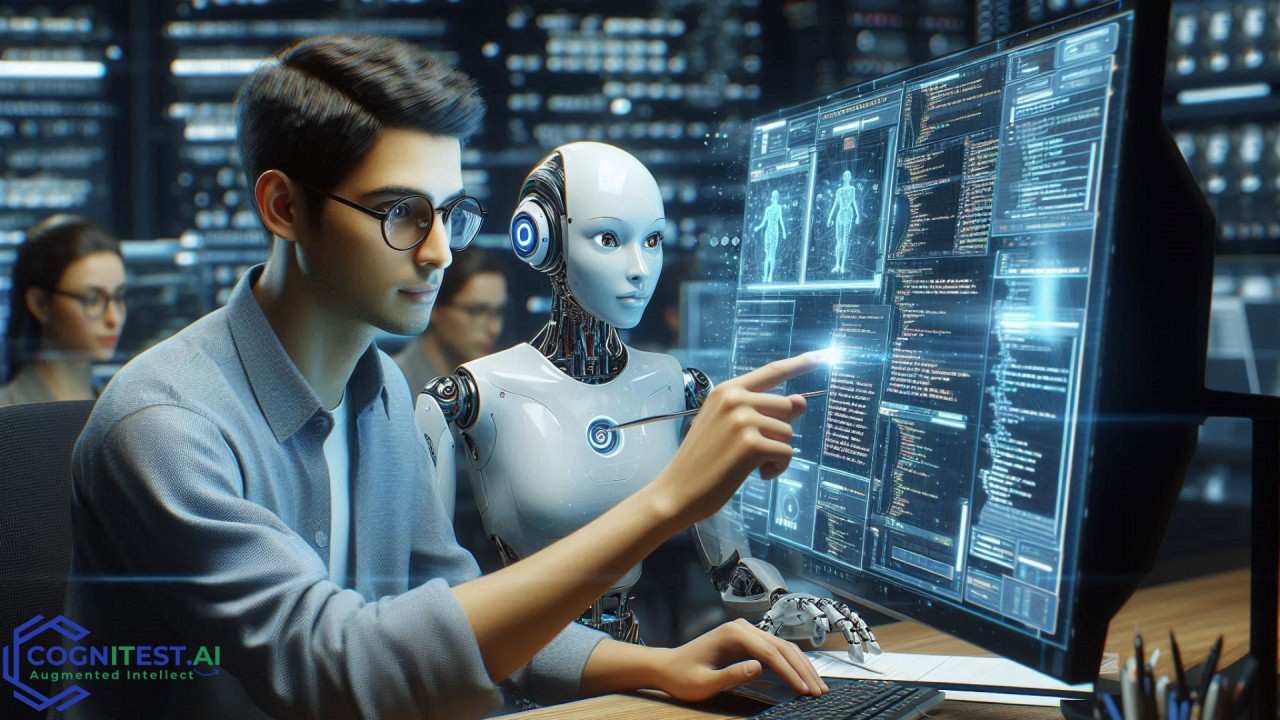
Generative AI Revolutionizing Software Engineering and Beyond
_______ Sankar SanthanaramanAmongst the multifaceted nature of Artificial intelligence, Generative AI stands out as a transformative force, poised to revolutionize not just software engineering, but the entire fabric of how businesses operate and consumers interact with technology. At the forefront of this revolution is ChatGPT, a large language model that exemplifies the power and potential of Generative AI.
The AI Ecosystem is a Diverse Landscape
The world of AI is rich and varied, encompassing a wide array of models and techniques:
- Natural Language Processing (NLP): Enabling machines to understand, interpret, and generate human language.
- Probability Analysis: Quantifying uncertainty and making data-driven decisions.
- Neural Networks: Mimicking the human brain's structure to recognize patterns and solve complex problems.
- Machine Learning: Algorithms that improve through experience, forming the backbone of many AI applications.
Each of these models plays a crucial role in different aspects of AI, from data analysis to decision-making processes.
The Pinnacle of Generative AI is ChatGPT
ChatGPT, short for Generative Pre-trained Transformer, represents a significant leap forward in AI capabilities. Its power lies in its ability to analyze vast datasets with random distributions, providing nuanced and context-aware responses based on sophisticated statistical analysis.
How ChatGPT Works:
- Foundational Language Models: ChatGPT is built upon extensive training on diverse text data, allowing it to understand and generate human-like text.
- Probability Analysis: The model uses advanced probabilistic methods to determine the most appropriate response to any given input.
Generative AI in Software Engineering is a Game Changer
The impact of Generative AI, particularly ChatGPT, on software engineering is profound and multifaceted:
- Code Generation - Automating the creation of boilerplate code, suggesting code completions and optimizations, and translating natural language descriptions into functional code.
- Software Testing - Generating comprehensive test cases, automating the creation of unit tests, and identifying potential edge cases and vulnerabilities.
- Documentation - Automatically generating code documentation, creating user manuals and API documentation, and translating technical jargon into user-friendly language.
The Art and Science of Prompt Engineering
Maximizing the potential of ChatGPT requires mastery of prompt engineering:
- Crafting Effective Prompts - Clear and specific instructions, providing context and examples, and using appropriate technical language.
- API Embedding - Integrating ChatGPT into existing software workflows and creating custom interfaces for specific use cases.
Enhancing Output Quality: Tuning and Training
To achieve optimal results, consider these advanced techniques:
- Prompt Tuning - Iterative refinement of prompts based on output analysis and A/B testing different prompt structures.
- Training on Existing Repositories - Fine-tuning the model on domain-specific data and incorporating company-specific coding standards and practices.
- Retrieval Augmented Generation (RAG) - Combining the power of large language models with specific, retrievable information, enhancing output accuracy and relevance by incorporating up-to-date or specialized knowledge.
The Human Element Provides Expert Oversight
Despite the remarkable capabilities of Generative AI, human expertise remains crucial:
- Quality Assurance: Reviewing and validating AI-generated outputs.
- Ethical Considerations: Ensuring AI-generated content aligns with ethical standards and company values.
- Creative Problem-Solving: Addressing complex issues that require human intuition and domain knowledge.
Looking Ahead at the Future of Generative AI
As Generative AI continues to evolve, we can expect deeper integration into consumer and business applications, more sophisticated models with enhanced understanding and generation capabilities, and increased focus on ethical AI development and deployment.
Conclusion
Generative AI, exemplified by models like ChatGPT, is not just a technological advancement—it is a paradigm shift in how we approach problem-solving, creativity, and productivity in software engineering and beyond. By understanding its capabilities, mastering prompt engineering, and combining AI power with human expertise, we can unlock unprecedented levels of innovation and efficiency. As we stand on the brink of this AI-driven revolution, one thing is clear: the future of software engineering will be shaped by those who can effectively harness the power of Generative AI while maintaining human oversight and ethical responsibility.
.png)